
May 25, 2018 | LeafProof, Mosquito, Pest Control
One of the perks of summer is spending more time doing what we enjoy outdoors – barbecues, picnics, gardening anyone? But, you know that all of these fun activities come with another risk – pests! Nothing ruins a picnic faster than ants or mosquitoes. What can you do to make sure you can still enjoy all the fun times outside this summer? Check out these 9 ways to protect your outdoor fun from pests.
- Remove standing water. Standing water is the perfect breeding ground for mosquitoes. Walk around your yard and fill in any areas where water is prone to pooling. Use pumps in ponds and fountains. Empty out any containers that contain standing water like wading pools, flower pots, buckets, toys, wading pools, and more. Check gutters and rain spouts for clogs and clear them. Consider using gutter guards to help prevent clogs. Check around AC units for leaks.
- Clear out clutter and debris. There are lots of items around your yard that can hold rainwater like toys, tires, and even half empty bags. Make sure these are empty and cleared away or, if you can’t get rid of them, turn them over so they can’t collect water. Piles of leaves, fallen branches, and rotting fruit can attract pests to your yard by providing them with food and shelter. Make sure these are cleared out of your yard.
- Landscape your yard. Tall grass and weeds can harbor ticks, fleas, and ant hills. Mow your lawn regularly in spring and summer so pests have less places to hide. Overgrown shrubbery and tree branches that are in contact with the side of your home can provide a clear pathway for roaches and other pests. Keep trees and shrubs trimmed with at least 1 foot between the branches and the walls of your home.
- Store firewood properly. Firewood provides food and shelter for many different pests, especially termites. Make sure firewood is dry before storing it. Keep firewood stacked above the ground and use a rack or a platform if possible. This way ants and termites can’t easily access the wood. Make sure firewood is stored at least 5 feet away from any structures like houses or sheds. If possible, store firewood with a cover or roof over it.
- Use screens. Keep windows and doors closed as much as possible. Make sure doors and windows have screens on them. Check screens regularly for holes and tears and repair or replace them as needed. Check around doors and windows for gaps and replace weatherstripping as needed.
- Inspect your outdoor equipment. Regularly check the chains of swing sets and the corners of outdoor furniture for spiders and egg sacks and remove them immediately. Check under your porch, in your eaves, or near your grill for wasp nests and remove them immediately. Keep outside toys outside and inside toys inside. If you have to bring outside toys items inside make sure to wipe them down beforehand.
- Cover your food. Keep all food and beverages in sealed covers and containers. Keep food covered at all times. Keep garbage containers sealed. Bring utensils and dishware indoors shortly after the meal. Clean trash, spills, and crumbs immediately from tables and other surfaces. Rinse all beverage bottles and cans and dispose of them in tightly closed garbage containers. Use clear plastic cups for drinks since aluminum cans and plastic bottles provide hiding places for stinging insects.
- Use insect repellent. Mosquitoes are most active from dusk to dawn. If you must be outdoors during this time, use insect repellent that contains DEET. Use repellent on both exposed skin and on your clothes. Wear long sleeves and pants to avoid bites. Use citronella candles around decks and patios.
- Call a professional. If you suspect you have a pest problem, call a professional pest control company who can provide you with a thorough evaluation and a comprehensive treatment and prevention program for pests.

May 17, 2018 | Mosquito
Summer has arrived and with it comes warmer weather and more outdoor time. While we want to enjoy picnics and parties outside, mosquitoes will often make us the life of their party, feasting on us as unsuspecting victims. Mosquitoes are annoying as they buzz around us and can be a major nuisance if they get inside your home. They can also be dangerous, transmitting serious diseases like West Nile virus and Zika. What can you do to make your summer more enjoyable sans mosquitoes? Check out these 6 tips to prevent mosquitoes this summer.
- Protect Yourself. The CDC advises that you use mosquito repellents that are registered with the US Environmental Protection Agency. They also recommend using products that contain DEET. Use these repellents sparingly on your skin and make sure to wash up when you come inside. Mosquitoes are attracted to clothing that is dark in color or that has floral prints. Try to avoid wearing these colors during peak mosquito times. Also try to avoid wearing sweet-smelling colognes and perfumes. If you have to be outdoors, try to wear long-sleeved shirts and long pants. Spray your clothes with mosquito repellent.
- Protect Your Home. Take steps to keep mosquitoes out of your home. Keep doors and windows closed as much as possible, especially during peak season. Make sure doors and windows have screens and that the screens are in good repair. Replace screens that are beyond repair.
- Dry It Out. Mosquitoes only need 1/2″ of water to breed. Eliminate any areas of standing water around your home, including flower pots, birdbaths, and wading pools. Turn over any vessels that can hold standing water such as tarps. Make sure gutters are clear to avoid pooling water. Consider installing gutter guards to help keep drains clear.
- Mind Their Schedule. Peak activity time for mosquitoes is between dusk and dawn, and especially in early mornings and early evenings. Try to avoid outdoor activity as much as possible during this time. If you must be outdoors, wear long sleeves and long pants and make sure to use mosquito repellent.
- Avoid Triggers. Mosquitoes are attracted to carbon dioxide. People with increased metabolic rates, larger people, and pregnant women are especially attractive to mosquitoes because they expel more carbon dioxide. You also expel larger amounts of carbon dioxide when you exercise. Try to avoid outdoor activity, especially exercise, during peak mosquito times. If you must be outdoors, wear long sleeves and pants and use mosquito repellents.
- Call The Pros. If you have a problem with mosquitoes, call a professional pest control company who can provide you with a thorough evaluation and provide you with a comprehensive treatment plan.
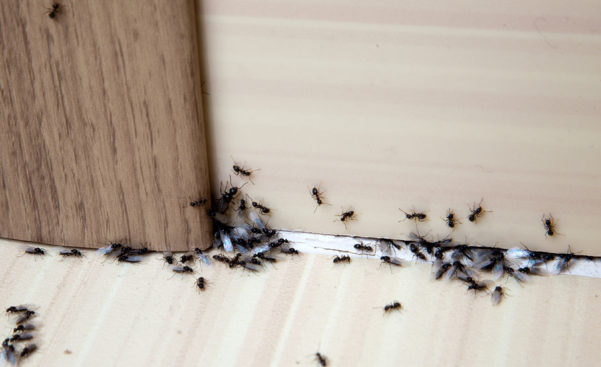
Mar 9, 2018 | Fire Ant, Pest Control
Ants have been named the #1 nuisance pest in the United States. Ants are social insects that live in colonies. They enter our homes looking for food and shelter. Ants primarily look for foods that are sugary and sweet or greasy and protein-based. Once they find food, they leave a pheromone trail behind that other ants will follow.
There are over 700 species of ants in the United States. At least 20 of these species are known to infect homes and other structures. There are several species of ants that are common to our area. The 5 most common are:
FIRE ANTS:
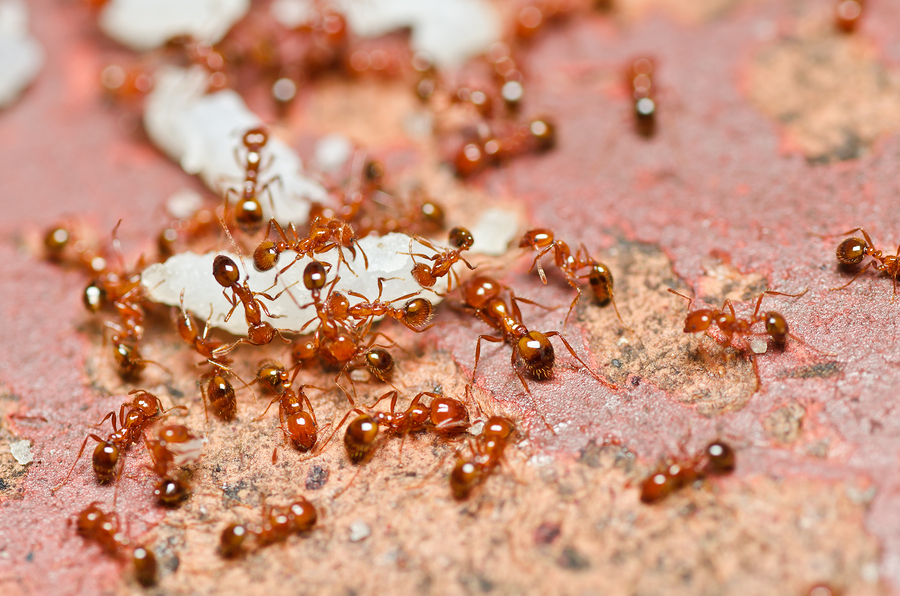
Fire ants build large, raised mounds. They prefer to nest in open, disturbed areas. They commonly nest in yards, fields, and roadsides. Fire ants are known to devastate local insect populations and small wildlife. They are also known to eliminate ground nesting bird species because they attack their newly hatched nestlings. Fire ants cause painful stings when they bite and will bite humans when threatened.
CARPENTER ANTS:
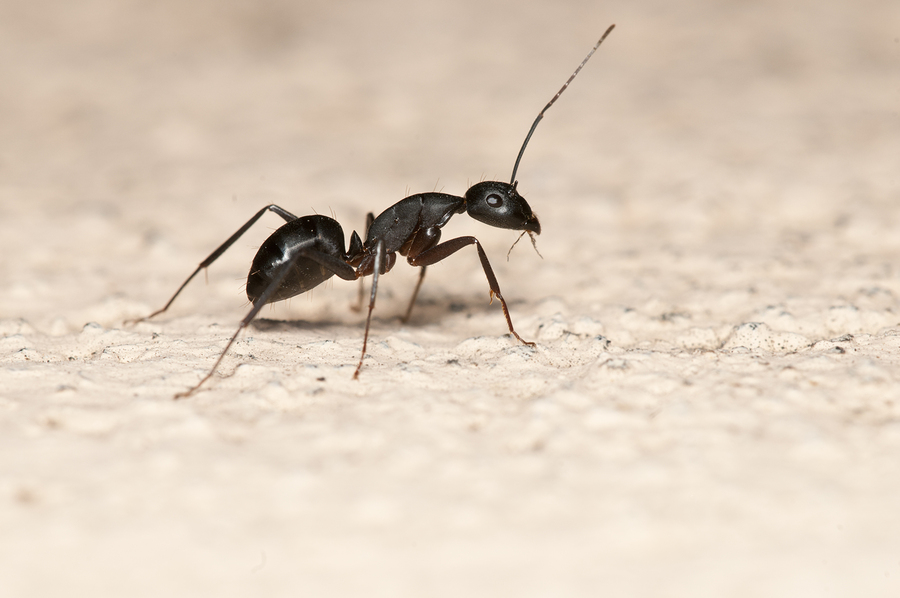
Carpenter ants are black in color. They are nocturnal and will exit their nests about 15 minutes after sunset in large numbers. Carpenter ants will invade kitchens in the summer months in search of food and water. They will invade structures if moisture is present. Carpenter ants can be very destructive to homes.
ARGENTINE (SUGAR) ANTS:
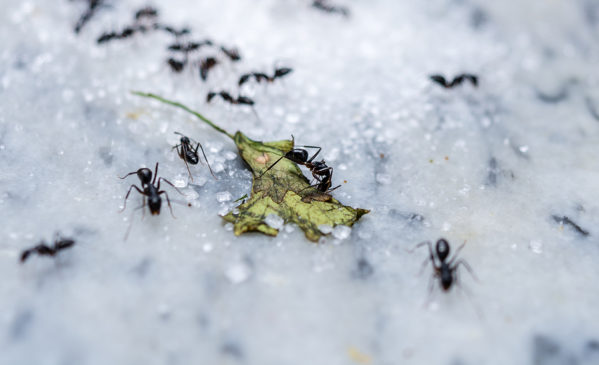
Argentine ants are light brown in color. They can easily squeeze through small cracks and holes. Argentine ants are known to set up colonies in the ground, in concrete walls, between boards and timbers, and among the belongings in your home. These ants are commonly seen in homes and will enter them in search of food and water. They are especially common during dry or hot weather or after a heavy rainfall. Argentine ants exhibit strong trailing behavior and can exist in high numbers. They move very quickly and are named among the world’s 100 worst animal invaders.
ACROBAT ANTS:
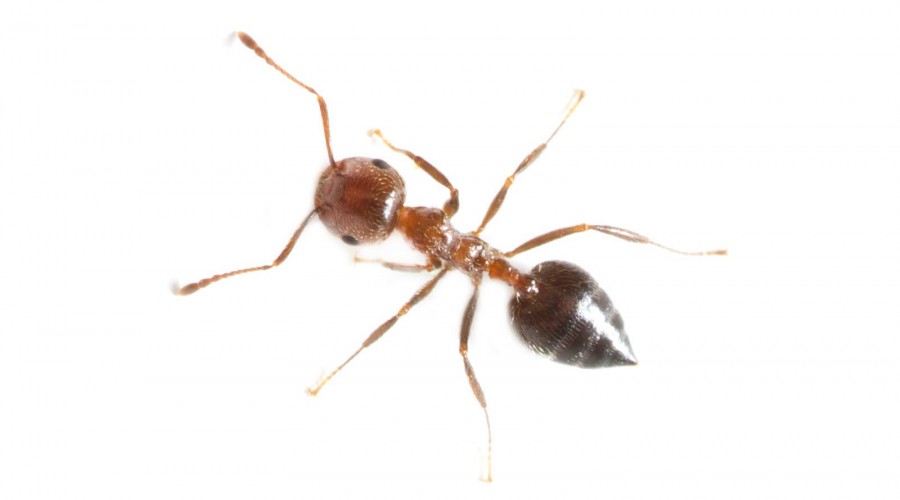
Acrobat ants are dark colored with a heart shaped abdomen that they will hold up in the air like a flag when disturbed. They will nest inside decaying wood. Acrobat ants form single file trails and leave behind small sawdust piles that are similar to those of carpenter ants. These ants produce a mild sting when they bite. Acrobat ants may move into your attic to incubate their eggs and will tunnel into water damaged wood.
ODOROUS HOUSE ANTS:
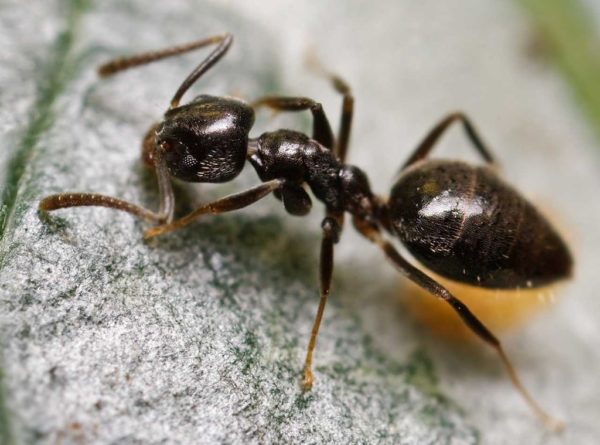
Odorous house ants are dark colored and give off a strong rotten coconut smell when they are crushed. They exist in large numbers where there is plenty of moisture. They form trails similar to Argentine ants. Odorous house ants are one of the most difficult pests to get rid of from structures. They will often establish their colonies in earth filled porches and block walls.
PREVENTION:
Since ants are one of the most difficult pests to get rid of, what can you do to keep them from invading your home in the first place? Check out these tips for keeping the ants out of your personal space.
LOCATION:
- Learn where ants are common and routinely inspect those areas for activity.
- Ants will frequently infest kitchens because of the ample supply of food and water.
- Ants are also commonly found in bathrooms, bedrooms, living rooms, basements, attics, inside walls, and in and around HVAC units.
FOOD:
- Ants will come into your home in search of food for themselves and their young.
- Keep your kitchen clean and tidy.
- Wipe down counters routinely.
- Sweep on a regular basis.
- Clean up crumbs and spills immediately.
- Store your food in air-tight containers.
- Keep ripe fruit in the fridge.
- Wipe down sticky jars such as jelly or jam.
- Use lids on trashcans and empty them regularly.
- Make sure sink drains and filters are cleaned regularly.
- Enclose mulch and compost heaps when possible.
WATER:
- Reduce moisture and standing water around your home.
- Repair leaky pipes and check under your sinks routinely for drips.
- Use a dehumidifer in damp basements, crawlspaces, and attics.
- Consider enclosing your crawlspace to eliminate moisture.
- Make sure gutters and downspouts are clear and functional so water flows away from foundations.
- Paint or seal any exposed wood before it gets wet.
- Replace or remove any water damaged wood.
ACCESS POINTS:
- Ants can squeeze through extremely small openings.
- Inspect the outside of your home for any easy access points and eliminate them.
- If you are having trouble identifying the access point, follow the trail of ants.
- Once you find the entry point, clean around it with detergent to remove the pheromone trail that attracts fellow ants.
- Trim trees and bushes away from the exterior of your home.
- Seal any cracks and crevices in the outside of your home with silicone-based caulk. Make sure to check around areas where utility pipes come into your home.
- Remove dead stumps from your property.
- Store firewood off the ground and at least 20 feet from your home.
- Flying ant season begins in spring/summer. During this time of year keep doors and windows closed as much as possible.
PETS:
- Pet food and water bowls also attract ants.
- Keep pet food bowls clean and clean up any spilled food or water immediately.
- Don’t leave pet food bowls out overnight.
- Store dry pet food in sealed plastic containers instead of bags.
- Inspect dog and cat doors to make sure pests can’t get through them.
CALL THE PROS:
Eliminating ants can be an uphill battle. If they aren’t properly treated, the infestation can continue to grow despite your best efforts. Some ants like carpenter ants can cause serious property damage. Other ants like fire ants can pose a serious health threat to your family. Other species, while not necessarily a threat to your family, can still contaminate your food. If you suspect you have an ant problem call a professional pest control company. A professional can identify what species of ant you have which is the first step in eliminating these nuisance pests. They can also find the entry points and provide you with a thorough and comprehensive treatment plan.
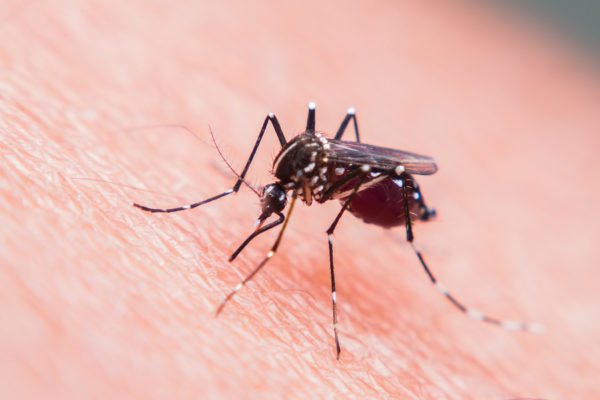
Feb 21, 2018 | Mosquito, Pest Control
The best approach to controlling mosquitoes takes advantage of every life stage of a mosquito. This approach is known as an Integrated Pest Management approach (IPM). IPM employs a variety of different pest management techniques with an emphasis on pest prevention, pest reduction, and the elimination of habitats that can lead to pest infestations. A successful IPM strategy is made up of 4 different strategies:
- Removal Of Habitats. Mosquitoes require a water habitat for 2 stages of their life cycle. Elimination of water leaves them with nowhere to breed. Get rid of any standing water in gutters, buckets, toys, old tires, tarps, and any other container in and around your home. Consider installing gutter guards to prevent standing water in your gutter systems. Empty and change out the water in your fountains, bird baths, rain barrels, wading pools, and potted plants at least once a week. This will get rid of any eggs that may have been laid in the water since emptying it the week before. Make sure to keep your swimming pools treated and circulating.
- Use Structural Barriers. Using structural barriers decreases the incidence of mosquito bites. Install screens on your windows and doors and make sure they are in good repair. Make sure the edges are sealed. Cover any gaps in walls, doors, and windows.
- Control Adult Mosquitoes. This is the best and fastest method to prevent diseases transmitted by adult mosquitoes. Adult mosquito control uses an EPA-registered pesticide and is applied by aircraft or on the ground by truck-mounted sprayers.
- Control Larval Mosquitoes. Controlling mosquitoes in the larval stage allows them to be eliminated before they emerge as adult mosquitoes. This involves a method called source reduction (also known as physical or permanent mosquito control). Source reduction is the removal or permanent destruction of mosquito breeding sites. The goal of source reduction is to minimize larval mosquito production through habitat destruction. It can minimize or completely eliminate the need for multiple applications of both larvacides and adulticides. Source reduction can be as simple as properly disposing of containers that can hold water or as complex as draining swamps or installing ditches. Some methods of source reduction you can do at home include disposing of, covering, or tipping over any containers that can hold water such as flowerpots, cans, and old tires. Source reduction for freshwater lakes and ponds include periodic drainage, minimizing emergent or standing vegetation, and maintaining steep banks. Source reduction for swamps and marshes is difficult because of severe restrictions in environmental law.
If you suspect you have a problem with mosquitoes in or around your home, contact a professional pest control company who can provide you with a thorough inspection and comprehensive treatment plan.
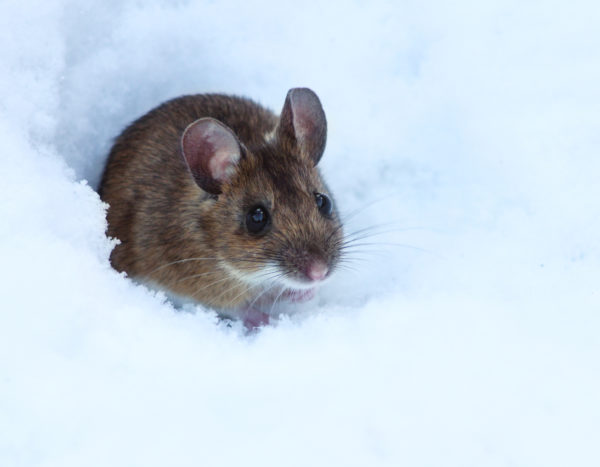
Jan 26, 2018 | DIY, DIY Pest Control, DIY Wildlife Prevention, Pest Control, Wildlife
During the colder months of winter, most of us like to stay bundled up and warm – with warmer clothes and inside our cozy homes. Unfortunately, many animals also seek this same shelter and warmth in the winter – oftentimes in our homes! Do you know which animals can cause problems for you during these colder months? What can you do to prevent them from seeking shelter in your home? Check out these common winter wildlife pests and 6 ways you can prevent them.
SQUIRRELS
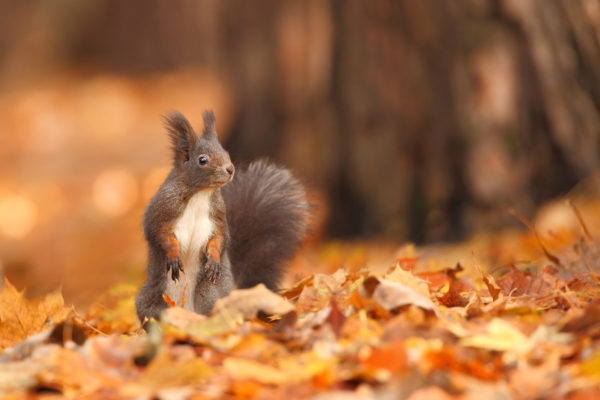
Squirrels can be a problem year round. They don’t hibernate in the winter and stay very active. They like to seek shelter and warmth in attic spaces. They may also seek out your attic as a storage space for their winter stash of nuts, grains, and seeds so they don’t have to search for food in the cold winter months. Squirrel nests are easy to spot in the winter in bare trees. Squirrels are notorious chewers – so if you have them in your attic you can expect your wood, insulation, and electrical wiring to suffer damage.
SKUNKS
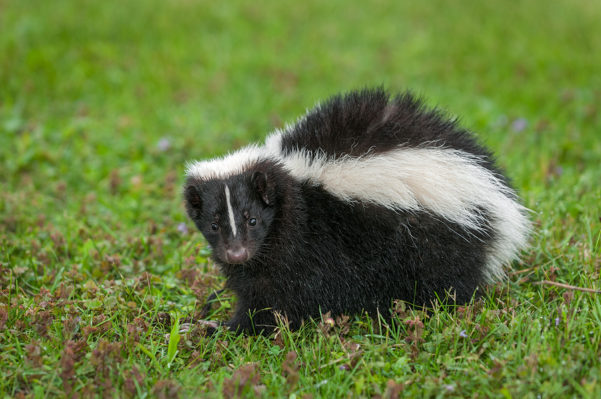
Skunks live in the same areas during the winter as they do in the summer. They like to burrow under our decks, patios, and stoops. Skunks don’t technically hibernate, but they do lower their body temperature and heart rate in the winter to conserve energy and therefore become less active. They can go up to a week without food and water but will venture out on a semi-regular basis in search of sustenance. They live in larger communities in the wintertime for warmth.
RATS/MICE
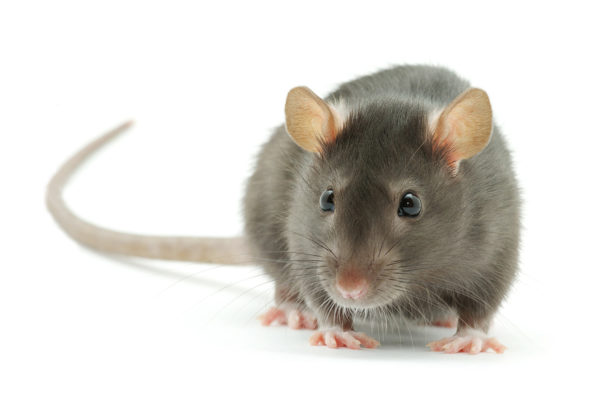
Rats and mice are also year round pests but they can become more of a problem in the winter. These rodents seek out warmth, food, shelter, and water inside our homes during the harsh winter months. They can squeeze into your home through extremely small openings. Like squirrels, they are also notorious for chewing through insulation, wiring, and wood.
BATS
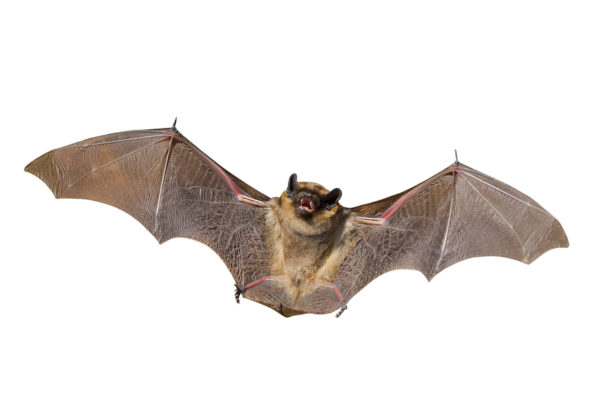
There are at least 40 different species of bats in the United States. Bats are mostly active in the summer months and will hibernate in the winter. They will, however, hibernate in your attic! Bats like to roost in attics, belfries, behind shutters, and loose boards. They are carriers of rabies and can spread disease.
RACCOONS

Raccoons are nocturnal and rarely seen during the day. Raccoons can cause significant damage to roofs and chimneys in their search for den sites. They will also get into crawlspaces in search of den sites. They are a major carrier of rabies.
CHIPMUNKS
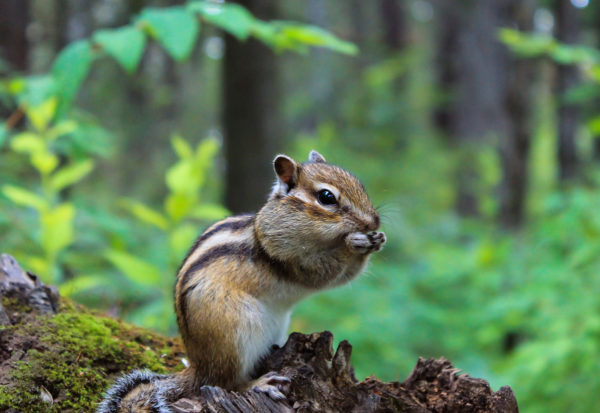
Chipmunks are like squirrels in that they gather and store their food in the fall. They are less active in the colder weather, lowering their body temperatures and heart rates to conserve energy. They usually make their nests in underground burrows that can be up to 10 feet long. They will venture out every few days to eat, drink, and go to the bathroom. Oftentimes they will use attics as a storage space for their winter stash.
OPOSSUMS
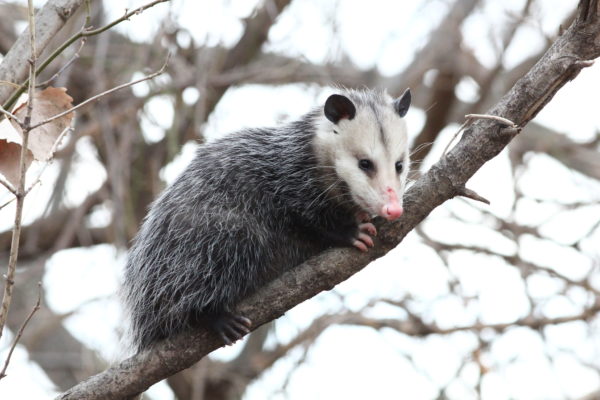
Opossums are the only marsupial found in North America. They will occasionally make their dens in attics and garages. They are known to make very messy nests. Opossums have very sharp teeth and will show them, as well as hiss, when they feel threatened. They are known to bite in very rare cases.
PREVENTION:
Winter wildlife can be a problem especially if they build a nest or store food in or near your home in the wintertime. The cold weather also doesn’t eliminate the diseases that they carry and spread. If these pests get into your home they can cause significant damage to your roof, insulation, foundation, wiring, and more. What can you do to prevent winter wildlife from making your home theirs? Check out these 6 tips to prevent winter wildlife.
- Eliminate Entry Points. Winter wildlife can’t get into your home if they don’t have a way in. Carefully inspect your home for any openings that animals can use to get in. Check and proof any weep vents in your bricks. Seal around HVAC and utility lines, in gaps in the foundation and siding, in gaps between your roof and soffits, and gaps between the soffits and fascia. Check your roof vents, as well. Seal gaps around windows and doors, including your garage door. Many rodents can chew through rubber or thin plastic seals so consider using heavy duty metal seals or caulk. Check screens on doors and windows to make sure they are in good repair. Use chimney caps. Consider enclosing your crawlspace to prevent unwanted critters, as well.
- Clean Your Gutters. Clogged gutters can block the drainage of rain and melting snow and ice. This can not only cause damage to your home, but also invites birds and other wildlife to build their nests here. Make sure drains are clean and that your spouts are far enough away from your foundation. Consider installing Leafproof XP Gutter Guards to make gutter cleaning and maintenance easier for you.
- Clear Out The Clutter. Now is the time to reorganize your belongings. This not only lets you get your garage or attic cleaned out, but also allows you to inspect areas of these spaces that you might not normally have access to. If possible, get rid of cardboard storage boxes and use plastic containers with lids instead. Get rid of old newspapers or other paper products as these invite rodents and other pests to make nests.
- Get Rid Of Their Food. Winter wildlife will eat anything they can get their hands on. If you have birdfeeders, take them down in the evenings and put them back out in the mornings. Clean up any spilled birdseed from the ground underneath them. If you do keep your birdfeeders out all the time, consider squirrel proofing them. Use trash and compost bins with locks and store them in the garage if possible. Make sure outdoor composts are well sealed. Store food in airtight containers and refrigerate them if possible. Don’t leave pet food out overnight, especially outdoors. Clean up any spilled food and crumbs daily and sweep and vacuum often.
- Clean Up Your Yard. Clutter and debris in your yard can invite all sorts of pests to invade. Keep your yard clean and free of debris. Trim shrubs and branches away from your home as pests can use these to access your house. Stack firewood at least 2 feet off the ground to keep animals from nesting underneath. Dead trees, brush piles, and tall grasses should be put in yard waste bags and kept in the garage until garbage day.
- Call The Pros. If you suspect you have a wildlife problem, call a professional wildlife control company. They can come out and inspect your home, remove any unwanted critters, and provide you with a prevention and treatment plan to keep them from coming back.
















